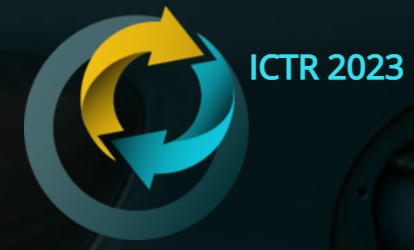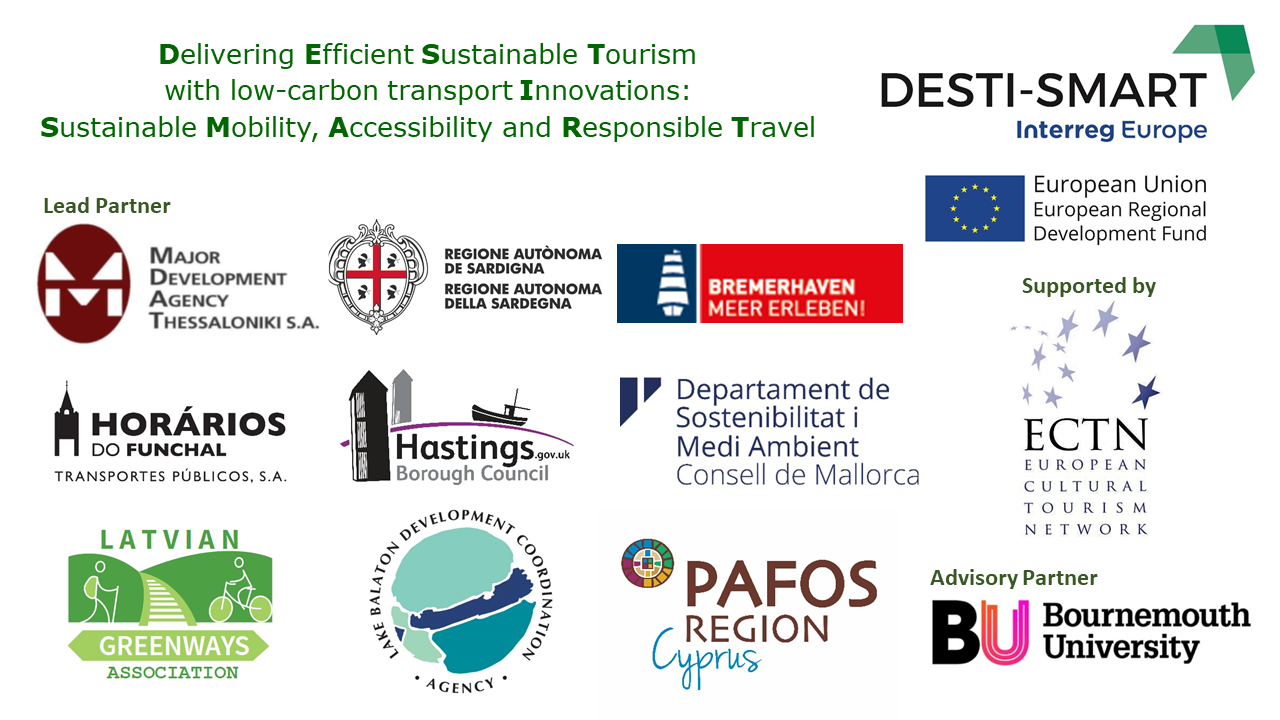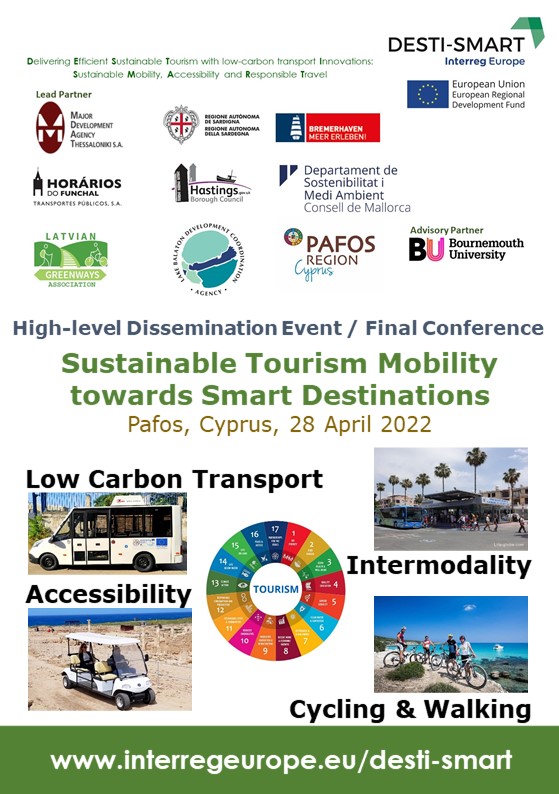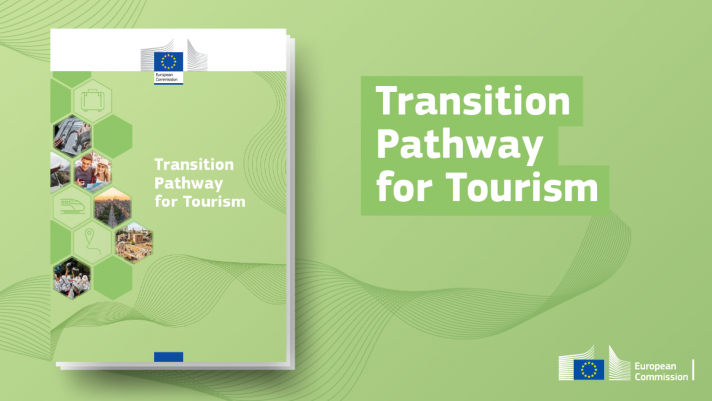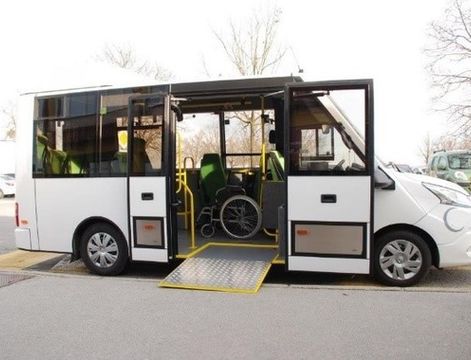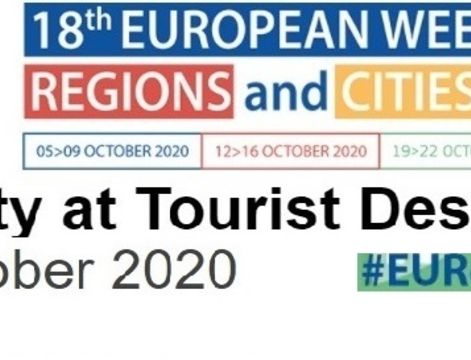Low Carbon Transport - Madeira
In Madeira, the main regional public transport operator Horários do Funchal (owned by the Regional Government) had a specific service with 4 mini electric buses, from 2006 until 2015. In the historical center area was performed a circle line with 4 mini electric busses Gulliver Tecnobus. This experience was relevant to understand the technical limitation of such vehicles, the affordability problems and the extra costs of maintenance process. Nonetheless, customer experience was proved to be positive, especially within the elder people and disable.

Figure 1 – Karsan mini electric bus
This experience was relevant to approach the fleet renovation strategy at a regional level with a fully aware method, looking at the cost and advantages involved in the transition from a diesel fleet production system to a partial electric fleet. On these premises, Horários do Funchal, under CIVITAS DESTINATIONS project, tested 2 electrical vehicles to start a detailed feasibility study on electric bus integration in the actual transport network.

Figure 2 - e.City Gold bus
Electric mobility can be a fundamental response to the need to reduce the impact of transport on the environment and on public health, by reducing air and noise pollution in urban centres. It also strongly contributes to increase the grid’s capacity to receive more energy from intermittent renewable sources during the night period, making electricity production cleaner.
The tests with electric busses performed involved different public and private transport operators in different lines to grand good representativeness of the regional service.
The study on the results showed the operation of an electric bus is technically feasible, cost-effective and environmentally advantageous in relation to diesel and natural gas fuelled buses. Purchase cost of electric bus is high, it’s nearly double of a diesel bus and the charging station is hugely more expensive of diesel infrastructure.
The main limitations were the dimension of the bus and the distance of the chassis from the ground, which prevented its circulation on some roads, and consequently on some routes, whereby a smaller vehicle with greater approach and departure angles, could increase the diversity of services to be carried out.
The battery capacity was another limitation felt on some routes, so, for the purchase of electric buses, it would be necessary to consider increasing the battery capacity or adopting fast charging infrastructures in some terminals, or the combination of both, for the bus to operate continuously.


